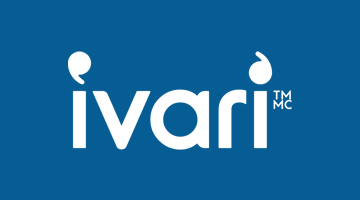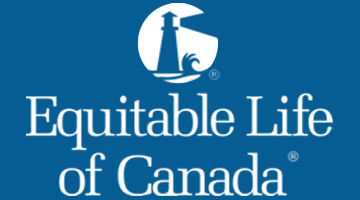Get Your FREE Life Insurance Quotes Today
Key Person Insurance
Business owners recognize the benefit of insuring their firm’s valuable assets, such as office equipment and inventory, to cover property loss. Such assets, however, may not be as valuable as key persons.
Consider a top salesperson who is unsurpassed at bringing in new business or an expert manager who handles the day–to–day operation of the business. Key persons are a business’s most valuable resource. Their energy, expertise and hard work enable the business to be successful in today’s highly competitive marketplace. If a key person dies suddenly, profits could be impacted and there might be considerable costs incurred in recruiting, hiring and training a suitable replacement.
Life insurance should be part of a business continuity strategy. It can provide the business with tax-free funds when needed to help:
- Find and train a new person to assume the key person’s role.
- Assure customers that the business will continue as a viable entity.
- Assure creditors that the funds will be available to meet commitments.
- Offset expected reductions in sales revenue (after-tax).
- Pay a death benefit in recognition of the deceased employee’s service to the surviving spouse, other family members or the estate.
A key person is anyone associated with the business whose special skills make a major contribution to the bottom line. Some examples include the active business owner(s), employees who have a strong relationship with valued customers, and any employee who has specialized knowledge and expertise that can’t easily be replaced.
Determining the Amount of Coverage
Calculating the potential financial impact of the loss of a key person’s services to a business may not be easy, and no set formula or rule can be used for all business situations. In many cases, the amount of key person insurance is established in a somewhat arbitrary fashion. Some questions that may be considered when determining a reasonable coverage amount can include:
- What costs would need to be incurred to replace the person in question?
- What amount of the firm’s net annual profits does the person generate or contribute to and how long would these profits be affected if the person died?
- How much would it cost the business if this died today?
- How much would it cost for temporary or contract help while finding a replacement?
- What proportion of the business’s probable total loss is the business able and willing to insure?
- How much debt would have to be repaid to leaders if the person died?
Using the “contributions to profits” method, the business should project the amount of profits that might be lost as a result of the death of the key person. For example, assume the business determined that pre-tax profits would decrease by $500,000 over a three-year period and no further losses would be incurred after the third year following the death of the key person. The company may then decide that replacement of 50 per cent of the projected after-tax loss would achieve an appropriate management of its risk. With an assumed corporate tax rate of 36 per cent, the company could insure the key person for $160,000, which in this example represents a 50 per cent reduction in after-tax profit to expected in the three years after death [$500,000 x (1-0.36) x 0.50].*
Professional Advice
When considering key person life insurance, you should always consult with all your professional advisors to help assess the risk involved and the appropriate amount of coverage to be applied for.
Disclaimer
* This example is not complete without the issuing company’s life insurance illustration including a cover page, reduced examples and product features.
* The information is of a general nature only and is not intended to provide legal or tax advice always consult a professional tax and legal advisor.














